|
|
|
|
| TLP Course 2006-4 TLP Course 2009-3 |
| Tactical Leadership Program (TLP Out of Region Deployed Flying Course 2008-1 RAF Kinloss January 14 to February 8, 2008 |
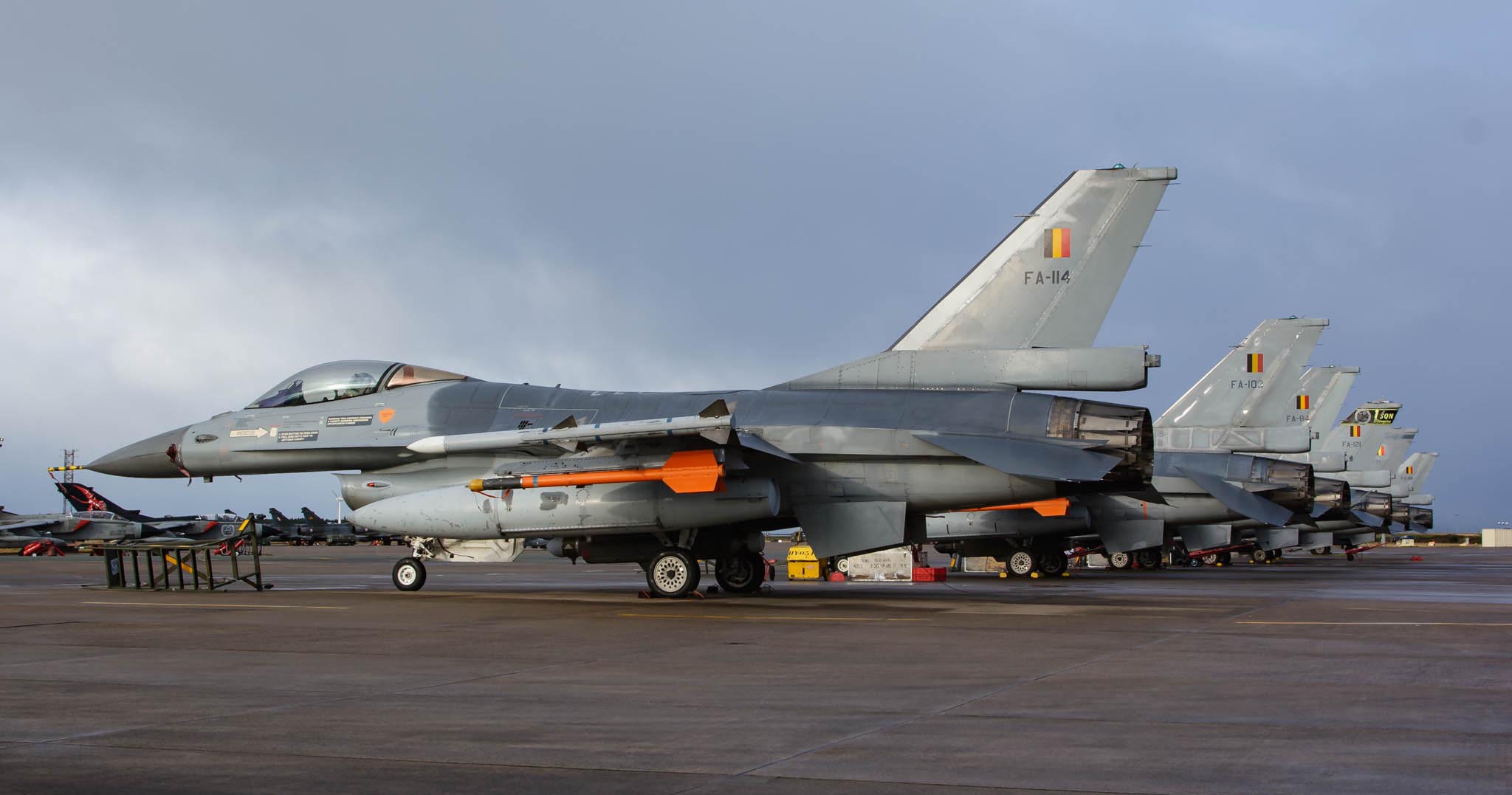 |
| Belgian Air Force General Dynamics F-16AM Fighting Falcons |
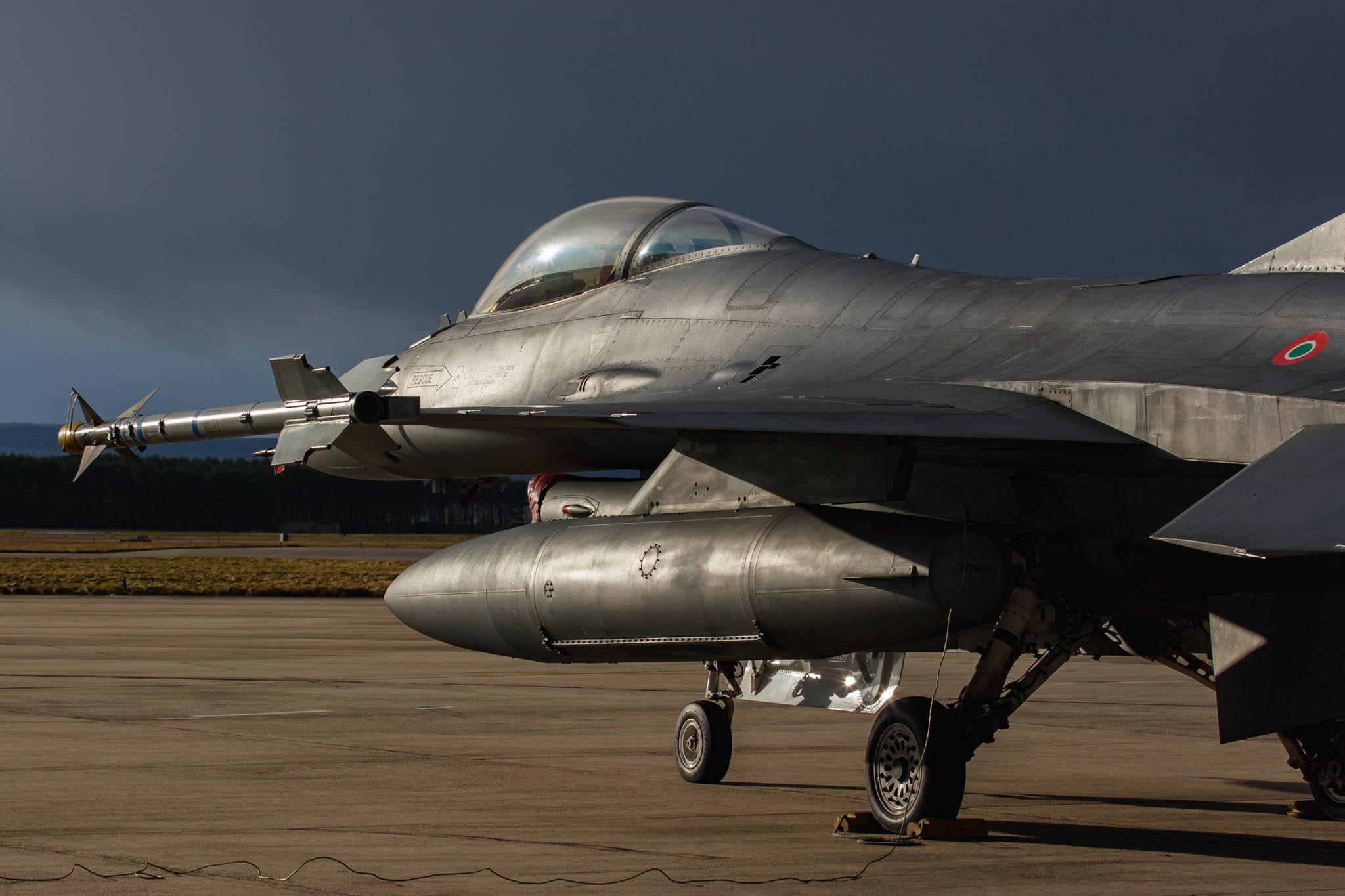 |
| Italian Air Force F-16A-ADF (MM7262) catching the early morning sun just before a snow storm. |
|
Training for future conflicts Clearly the TLP offers some very effective training, incorporating as much real-life scenarios as possible. Col Matier, an F-15C Eagle pilot with extensive experience gained in the Middle East, has been responsible for putting the mission scenarios together for the last nine months. He said, "We don't know what the next war is going to look like but we can guess that there could be some Combat Search and Rescue (CSAR) and Close Air Support (CAS) with deep strikes certainly a possibility." To demonstrate that not all TLP missions involve air strikes. One mission involved a French Air Force C-160 Transall. "Transport aircraft need protection when they are fly freight to a war zone as in Iraq and Afghanistan. Fast jet pilots need to know how to deal with this scenario. They need to know how to protect them and integrate them into the mission package?" The TLP dates back to 1978, it's founding nations were Belgium, Canada, Germany, Holland, Great Britain and the United States. Originally it was just an academy and did not involve any flying, the original two-week seminars enabled aircrew to discuss and formulate NATO tactics, techniques and procedures. In 1979 the TLP moved to Jever Air Base in Germany where two weeks of flying was added to the course. In 1989 the TLP moved to the Belgian Air Force base at Florennes. Although Canada withdrew from the TLP in 1997, when they closed their bases in Europe, other nations have been eager to sign the Memorandum of Understanding (MOU) for the TLP. In 1996 Italy and Denmark signed up followed by Spain in 2002. The considerable costs of running the courses are shared amongst the MOU members, based on the number of flying slots committed to. However non-member nations, such as France, Greece, Turkey, Portugal and the Czech Republic are offered slots, which they pay for on a slot by slot basis. Each year around 150 slots are available with 25% being taken up by non-member nations. In the summer of 2009 the TLP will move to Albacete Air Base in Spain and France and Greece will sign the MOU to join the eight other full members. There are several reasons for the move to Spain. Over Belgium civilian traffic has doubled over the years leading to airspace restrictions. Unlike Belgium, Spain can offer night-flying and better weather. All six TLP courses will be operated from Albacete AB. Col. Steyaert will remain in post up until the move to Albacete is complete, when a Spanish AF Colonel will take over command. |
|
TLP 2008-1 Flying Schedule Wednesday 16th - Familiarisation Flights Thursday 17th - Tactics Introduction Friday 18th - Red v Blue Opposing Night flying this week only Monday 21st - 'Counter Surprise' Tuesday 22nd - Joint Munitions Effectiveness Manuals Wednesday 23rd - Time-Sensitive Targeting & Strike Control and Reconnaissance Thursday 24th - No Flying (weather slip day) Friday 25th - Slow Moving targets (cancelled due to weather) Monday 28th - Time-Sensitive Targeting & Strike Control and Reconnaissance Tuesday 29th - Threat Feedback and AAR Wednesday 30th - Anti Surface Warfare Academics Thursday 31st - Anti Surface Warfare and AAR (cancelled due to poor sea state) Friday 1st - Response Option (cancelled due to poor sea state) Monday 4th - Combat Search and Rescue Academics Tuesday 5th - Combat Search and Rescue Wednesday 6th - Anti Helicopter Thursday 7th - Consolidate |
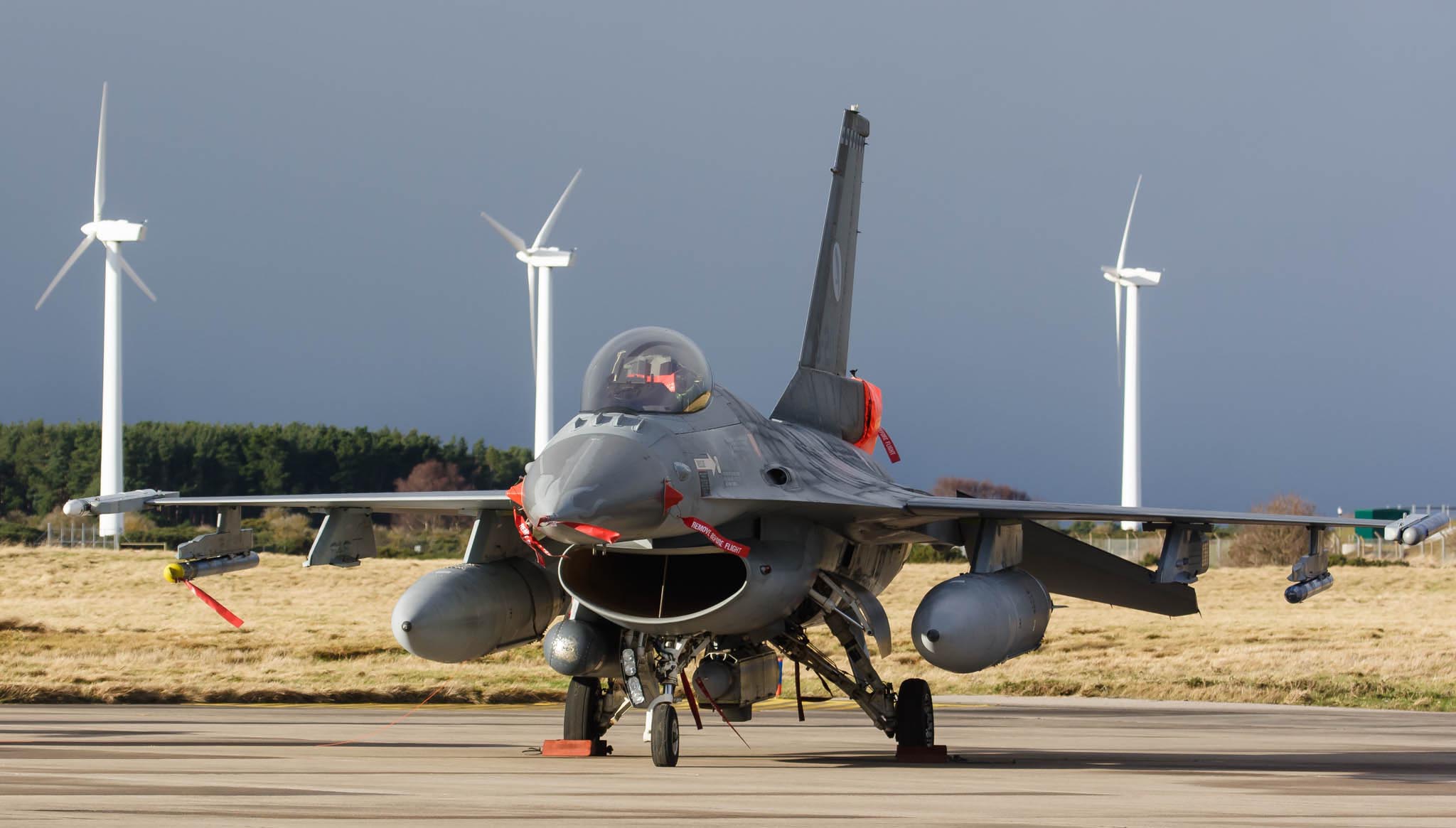 |
| Royal Netherlands Air Force General Dynamics F-16AM Fighting Falcon (J-201). |
|
TLP Course 2008-1(The participants) 6x F-16AM Belgian Air Force (2 Wing, 1sm from Florennes and 10 Wing, 31sm from Kleine Brogel) 2x F-16AM Royal Netherlands Air Force (322 Squadron from Leeuwarden) 2x Mirage 2000D French Air Force (EC02.003 'Champagne' from Nancy-Ochey ) 2x Mirage 2000N French Air Force (EC01.004 'Dauphine' from Luxeuil-St.Sauveur) 2x Mirage F.1CT French Air Force (EC02.030 'Normandie-Niémen' from Colmar - Meyenheim) 2x Super Etendard French Navy (17 Flotille from Landivisiau) 2x Tornado IDS Italian Air Force (6° Stormo, 154° Gruppo from Ghedi) 1x Dassault Falcon 20ECM Flight Refuelling Aviation 2x F-16A-ADF Fighting Falcons Italian Air Force (5° Stormo, 23° Gruppo from Cervia) 2x Hawk T.1A RAF (100 Squadron from Leeming) 1x C-160R Transall French Air Force (ET01.061 'Touraine' from Orléans - Bricy) 2x SA330B French Air Force (EH01.067) 2x HH-3F Pelikan Italian Air Force (15° Stormo from Rimini - Miramare) |
 |
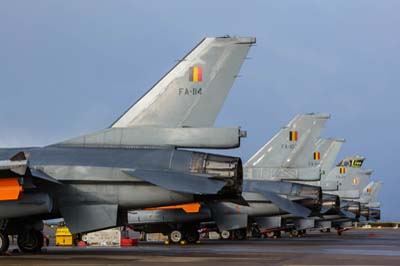 |
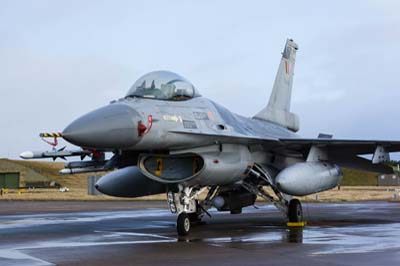 |
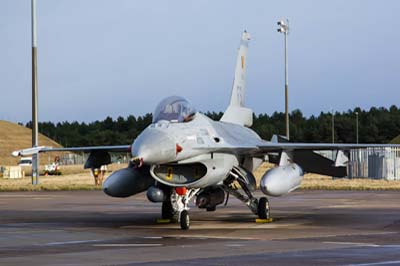 |
| Left to right: General Dynamics F-16AM Fighting Falcon's (FA-84, line-up, FA-121 inscribed on tail '1 Squadron Stingers' and FA-91 'FS') of the Belgian Air Force. |
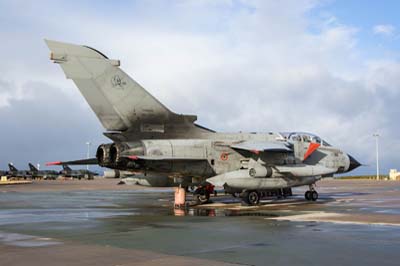 |
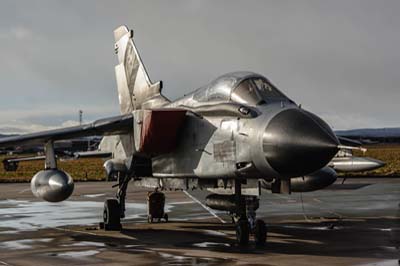 |
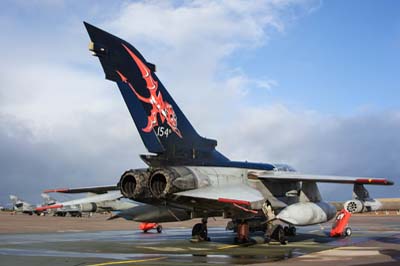 |
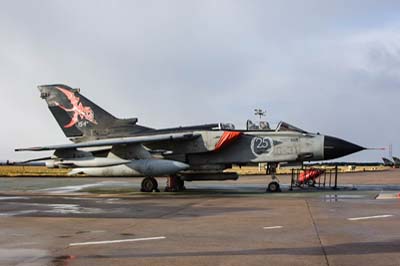 |
| Left to right: PA-200 Tornado IDS (MM7038 '6-37' and MM7006 '6-31'), see also Special Schemes at Spring Flag) of Italian Air Force. |
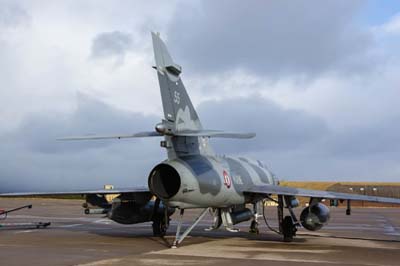 |
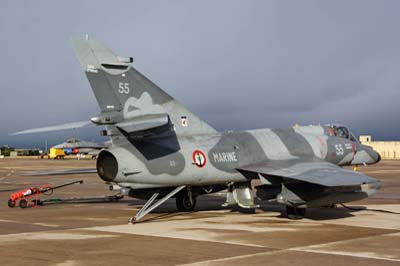 |
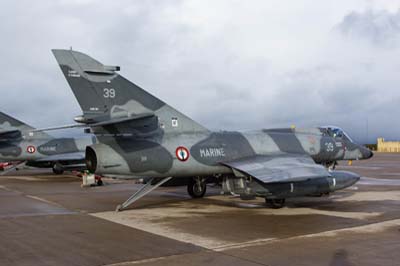 |
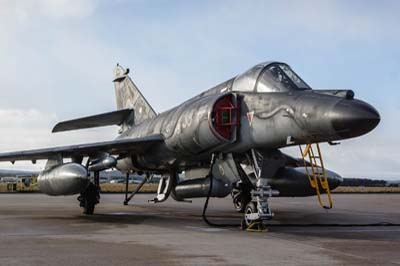 |
| Left to right: Super Etendard (55 and 39) of French Navy. |
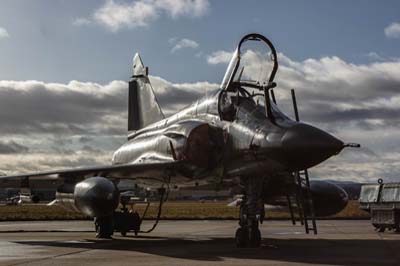 |
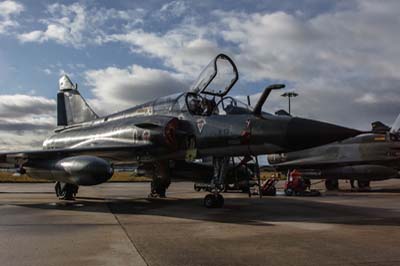 |
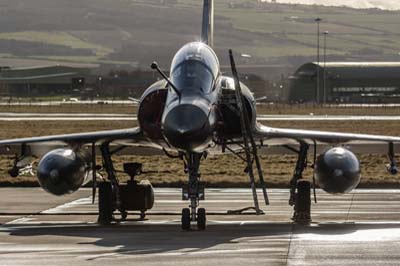 |
| Left to right: Mirage 2000N (333 '4-AB' and 326 '4-AS') of EC01.004 French Air Force based at Luxeuil-St.Sauveur. |
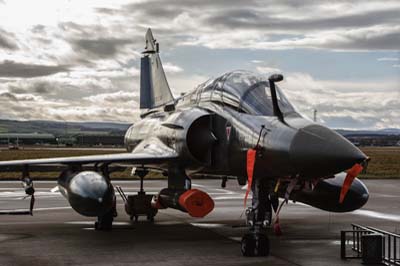 |
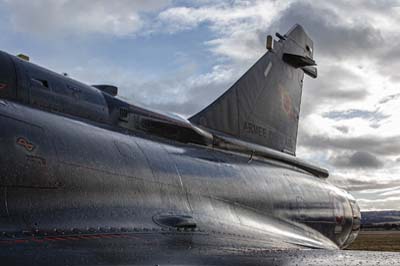 |
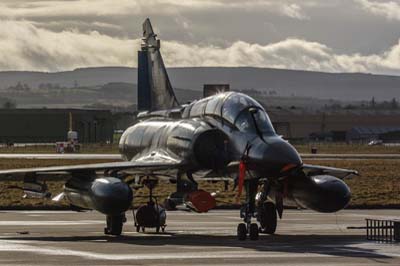 |
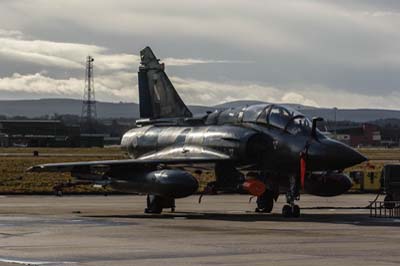 |
| Left to right: Mirage 2000D (615 '3-JY' and 678 '3-JB') of EC02.003 French Air Force. |
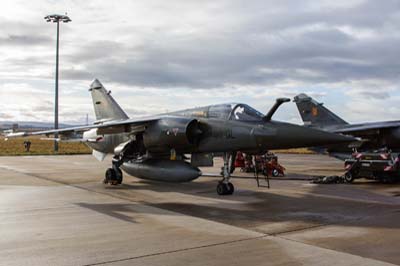 |
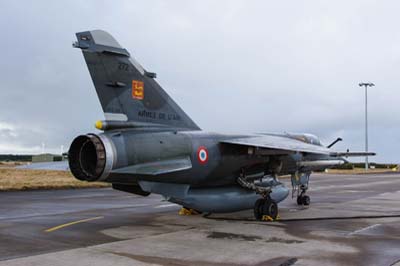 |
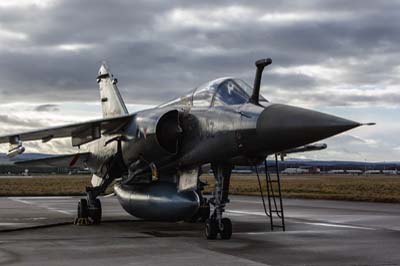 |
| Left to right: Mirage F.1CTs (279 '30-QL'' and 272 '30-QZ') of RC02.030 French Air Force. |
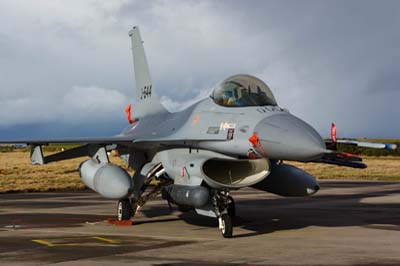 |
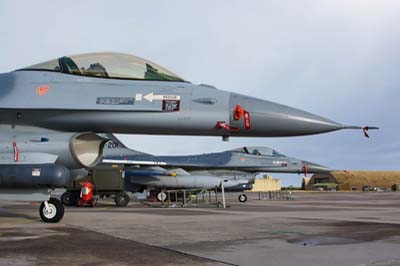 |
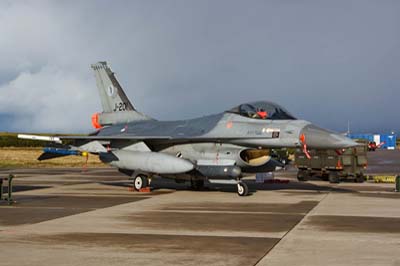 |
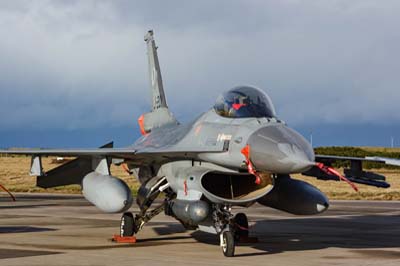 |
| Left to right: F-16AM Fighting Falcons (J-644 and J-201) of the Royal Netherlands Air Force. |
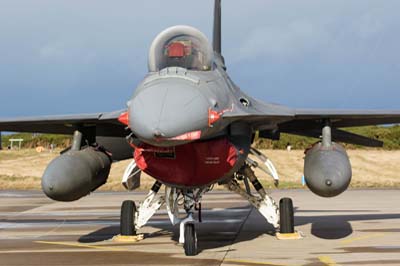 |
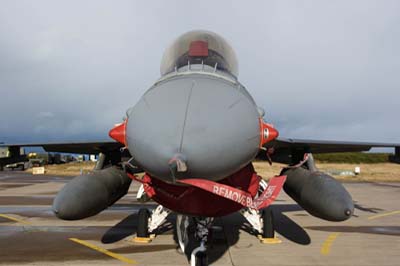 |
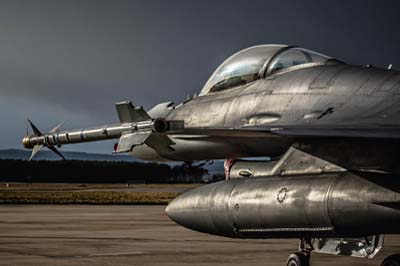 |
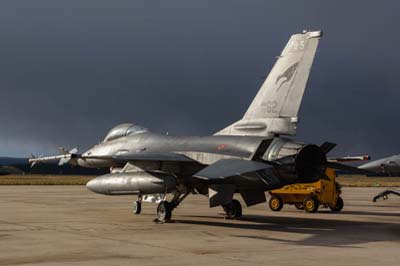 |
| Left to right: Italian Air Force F-16A-ADF. |
| Photography: Having allocated two days to cover the TLP at Kinloss it was disappointing to find that the weather conditions prevented any flying on both days due to the sea state. When the waves are too high it is deemed to risky to fly missions over the sea in case a pilot has to be rescued. Never-the-less I was very well looked after by the staff at Kinloss and I am also very grateful to the TLP chiefs for granting me a very informative interview. The very low winter sun provided some beautiful lighting and combined with ample time to explore various angles lead to some pleasing images. A special thanks must also go to members of the Italian Air Force and the invitation to the evening party....... |